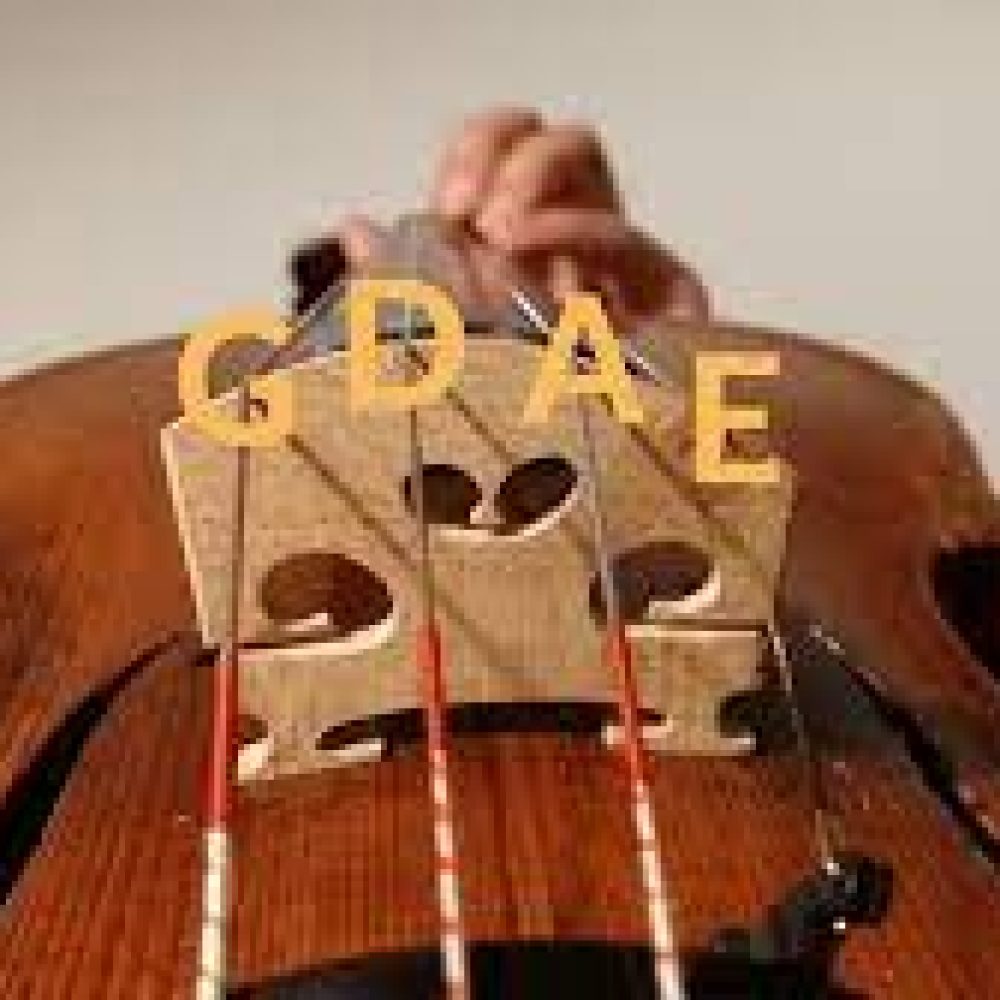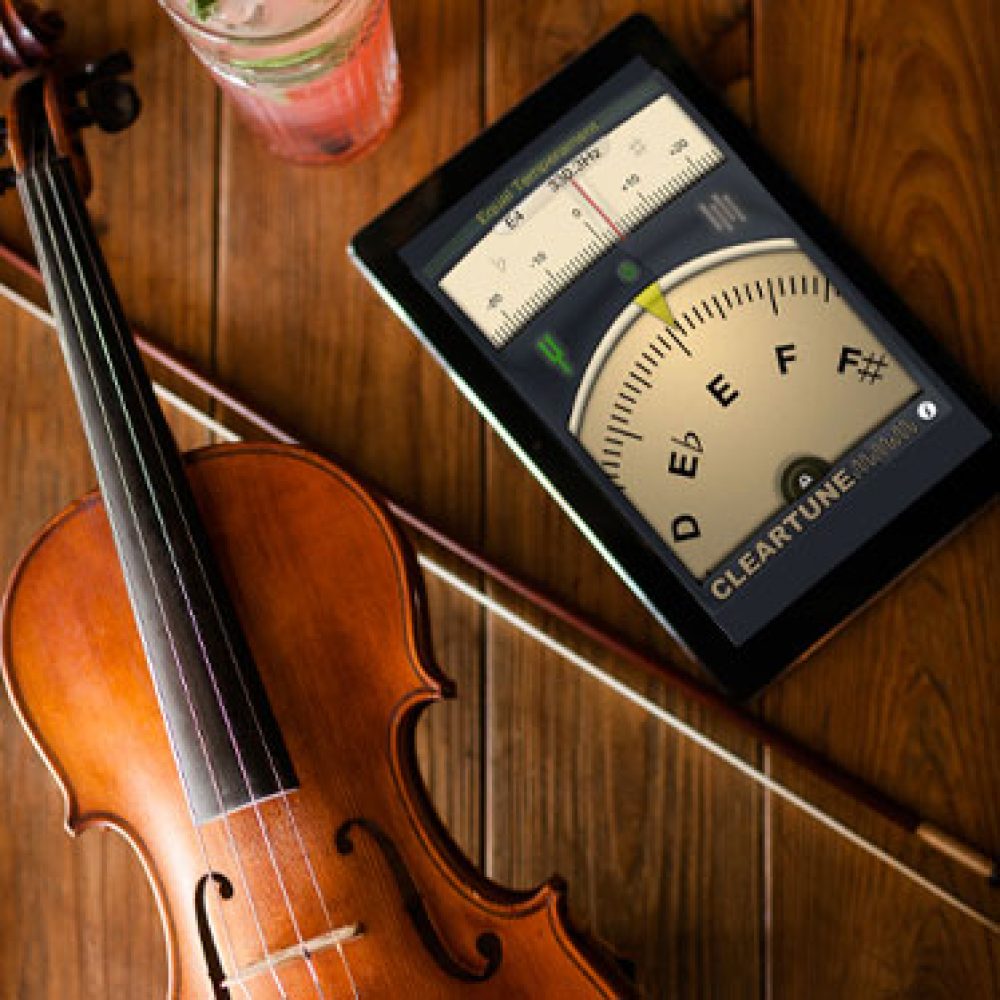How to Tune A Violin
Tune a violin …
View Ms. Laura’s Tuning Guide Here
Before you try to tune a violin make sure that you have the following:
1 – an A source (piano, tuning fork, chromatic tuner)
2 – extra strings (in case one breaks while you are tuning)
When you tune a violin, it is also helpful if you have:
1 – peg compound (or lava soap) to lubricate your pegs)
2 – fine tuners on each string
First learn the names of the strings. From the highest pitched string to the lowest, they are E, A, D, G. Also it will be helpful if you know all the parts of the violin. Visit this page to learn about the parts of the violin. Note: This violin tuning guide will also work for tuning violas, and cellos but their string names are A, D, G and C.
When you tune a violin, start with the A string, second tune the D then move on to the G and tune the E string last. The E string is a very sensitive string and will easily go out of tune while you are tuning the other strings. It is also the easiest to break while tuning. Always have a fine tuner on the E string and keep a spare E string available in case of accidents.
First get all the strings to be close in pitch to your goal pitch. Play an A on the piano or tuning fork and turn the peg for the A string away from you (clockwise) to make the pitch go higher until the string is almost matching the A pitch. Or use a chromatic tuner and turn the peg until the tuner says the pitch is “A”. (Not Ab or A# and not another note.) Take a look at the chart below to know which way to turn the peg if the tuner says another note.
C (too high – turn counter clockwise quickly before the string breaks)B (too high – turn counter clockwise)A# (too high – turn counter clockwise)A CORRECTG (too low – turn clockwise)D (too low – turn clockwise)Then use the fine tuners (or very carefully turn the peg only a little at a time) until the pitch reaches the top. I use this analogy because to tune a violin we are tuning the pitch and making it go higher a little at a time which sounds like climbing a cliff. But once we reach the top we never go any higher.
It is easy to find the right pitch if you use a tuner. Most tuners have a green light or an arrow that is easy to read when the note is correct. But the more you practice tuning the easier it will be to tune by ear. You may want to also practice singing the pitches. This helps a great deal not just to tune a violin but for all kinds of ear training.
We hope this tuning guide helped you to tune a violin. If you need more help…. SCHEDULE A LESSON WITH MISS LAURA



